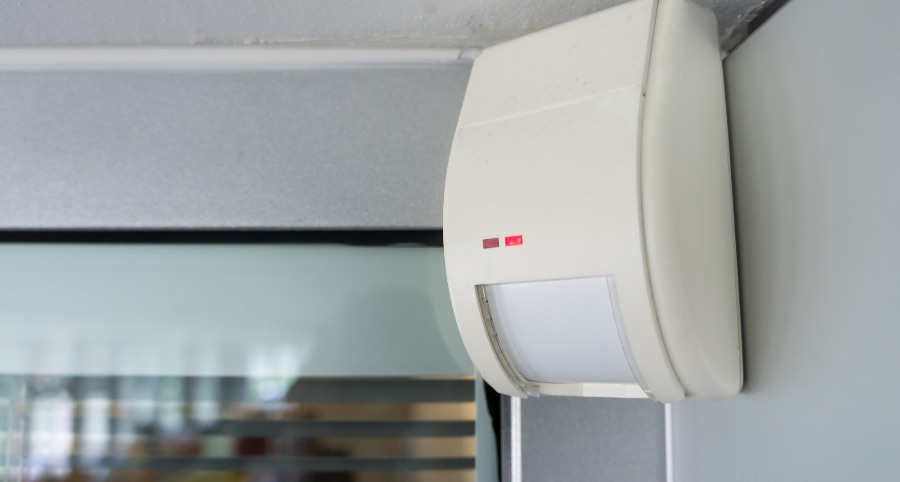How Do Motion Detectors Work In Lansing?

You’re likely to have a pretty good understanding of what motion detectors do merely based on their title. Sure, they sense motion, but how precisely do they work? Take a little time to discover the technology behind them and the many kinds of sensors you might encounter. You’ll attain a better understanding of how they work and how you may incorporate them into your contemporary smart home.
What is the technology that powers motion detectors?
Identifying motion can be performed in a few distinct ways, but motion detectors are typically grouped into either of these categories - active or passive.
● Active motion detectors: These devices are viewed as active, as they continually send out transmissions like microwaves and then assess the rate of response. Motion is signified when the return time changes. Although microwave sensors are most often found, you’ll also find active motion detectors that use infrared light or sound waves.
● Passive infrared (PIR) motion detectors: Usually seen within home security installations, PIR motion detectors perform by identifying shifts in the surrounding temperature. Essentially, the instrument learns what the regular temperature should be within a designated area. If there are rapid spikes of heat, like a trespasser creeping through the space, the detector recognizes it and triggers your security alarm. Since they don’t constantly transmit signals, passive detectors usually require less power and are more cost-effective to run.
In addition to passive and active, you may discover hybrid motion detectors that utilize multiple technologies. These can help minimize false alarms, as every sensor must be activated before the warning siren sounds. Additional possibilities include vibration motion detectors and tomographic devices that are commonly utilized in bigger commercial facilities.
Ways to incorporate Lansing motion detectors
The primary objective of motion detectors is to spot movement within a designated area, typically to a distance of 50 feet away. You’ll frequently find them integrated into outside floodlights or as freestanding devices within your property. When activity is identified, they’ll activate your alarm and advise your professional monitoring team.
But present-day motion detectors are more functional than at any time before. In fact, they can communicate directly with other smart equipment. For example, if motion is detected, they may trigger your lighting to turn on or your surveillance device to commence recording. They may even notify your smart thermostat to modify the temperature.
Get immediate alerts and adjust settings for pets
Another significant advantage of modern motion detectors is that you’ll have immediate updates transmitted to your mobile phone any time the device is triggered. If you have house pets, you may even ward off false alarms by customizing settings to accommodate the size of your four-legged family members.
Design Your Vivint Smart Home With Motion Detectors in Lansing
Now that you have a better understanding of how motion detectors work in Lansing, it’s a good time to include them into your modern smart home. Vivint’s motion detectors cover big areas, give you wide-angle capability, and last for multiple years without necessitating a change of battery. They’ll also work in harmony with your other smart home implements. Are you prepared to begin? Dial (517) 760-8950 to converse with a knowledgeable Vivint team member today.